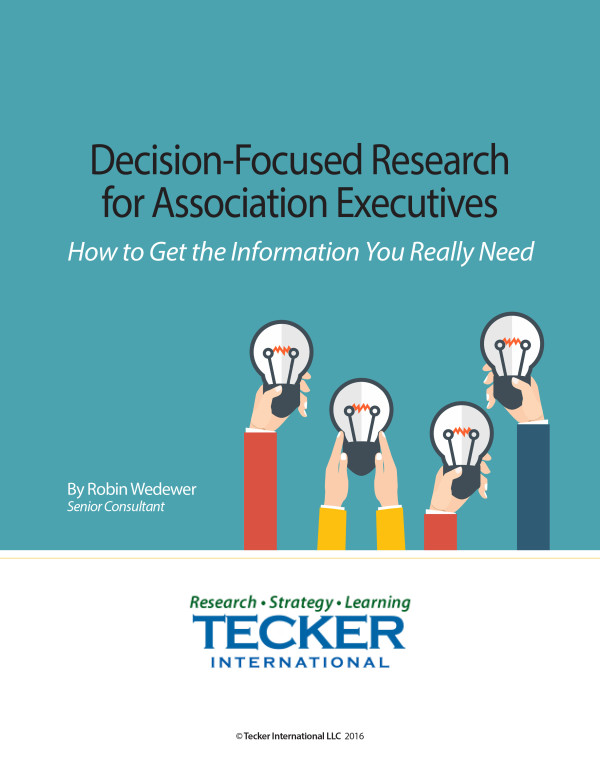The nature of the relationship between CEO or Executive Director and Board differs significantly between charitable and professional or trade organizations. Also, implicit bias occurs in what is assessed and how the expectations are framed depending on which relationship is being assumed in constructing an assessment instrument.
Board members of many charitable organizations have little in common other than their commitment to the organization’s mission. Board members of trade and professional associations have a common experience and expertise related to the field in which the organization is operating.
In charitable organizations the Board often serves as a watchdog over actions taken by an executive who is charge of subject matter they know little about. In trade and professional associations, the CEO or Executive Director is a leadership partner with a Board that brings subject area experience and expertise to decision and work processes.
We find some blend of attention to three related but discrete dimensions of performance reflected in effective evaluation instruments and the conversations that they support:
- Progress toward predetermined objectives;
- fulfillment of contract or position responsibilities; and
- demonstration of professional competencies.
Which dimension is emphasized tends to be based on the often un-articulated assumption about whether the CEO/Executive Director is expected to be a “leader” or a “general manager.” Achievement of objectives tends to be emphasized for the leader role. Fulfillment of job responsibilities tends to be emphasized for the manager role. (How members themselves are evaluated in their own jobs also often impacts how evaluation is conceived and executed in an association.)
Formative evaluation that considers performance several times through the course of the year is generally considered to be superior to summative evaluation that makes a decision only after a performance period is over. The former allows for coaching and course correction to increase the probability of success. The latter is often employed to catch someone doing something wrong, document it, and then apply some penalty. Discovering after the fact that a goal was not achieved is far less useful than monitoring progress in a way that allows for adjustment. Good performance appraisal will consider changes made in response to experience in implementation or changes in the environment, expectations, or priorities.
It’s the conversation that provides value to the organization far more so than the instrument employed. But, the instrument employed will provide more or less opportunity for meaningful conversation – depending on what is assessed and how interpretation is approached.
Some poorly constructed approaches use mean averages to report findings. A 5 on a scale of 10 with 10 respondents could represent 10 people rating 5; or 5 people rating 1 and 5 people rating 10; or each of 10 people selecting a different rating from 1 to 10. Frequency distributions of responses provide much more meaningful insights into areas of agreement and disagreement in evaluation ratings. We are also aware of some approaches that assign items to strength or weakness categories based on statistically insignificant differences. Don’t be fooled into an unnecessary concern or additional consulting fees by meaningless statistics.
Issues related to CEO evaluation are sensitively examined in a practical non-directive way in ASAE’s 2018 CEO Symposium series. Additional information about CEO evaluation can be found at CHARACTERISTICS OF A GOOD CEO EVALUATION PROGRAM, CSAE Blog August 25, 2016 .


